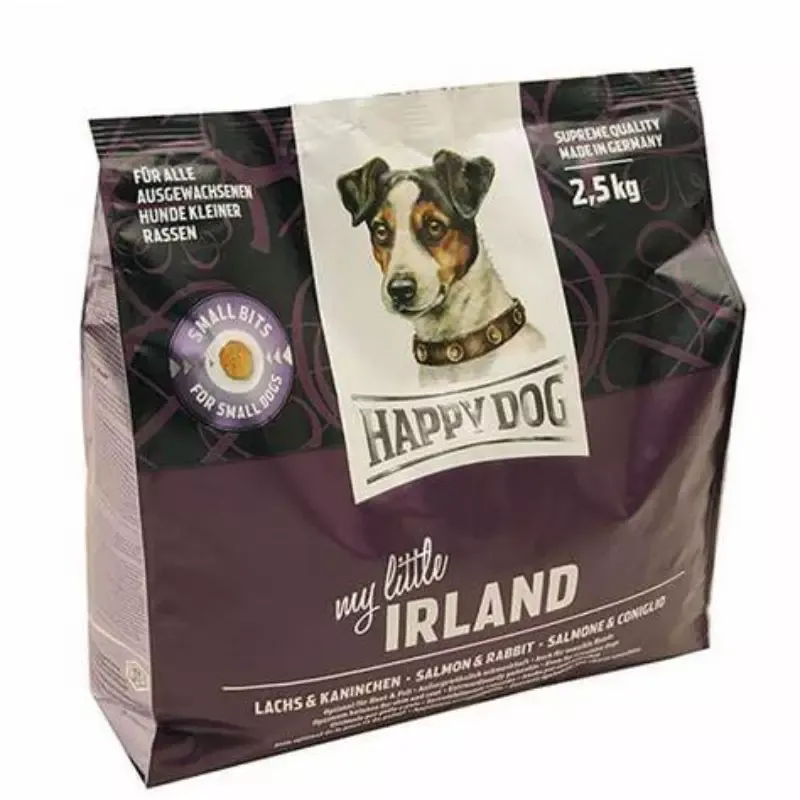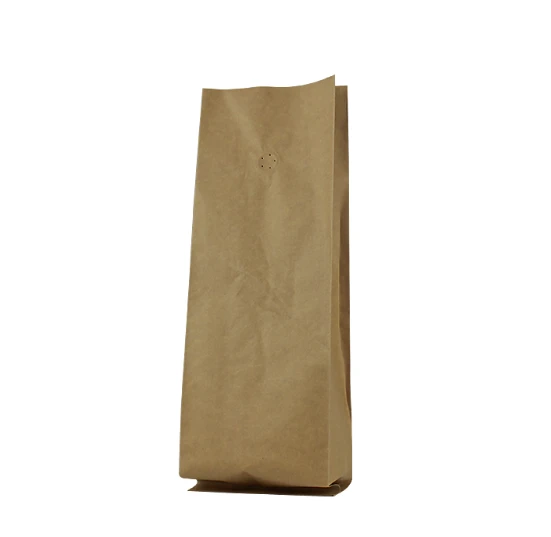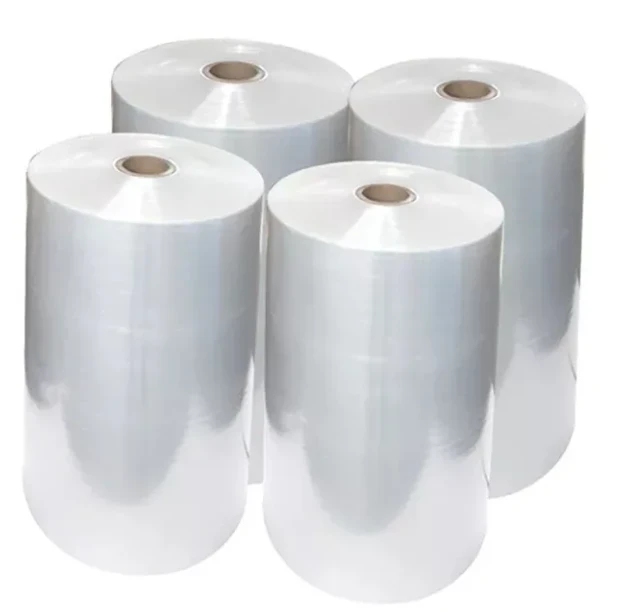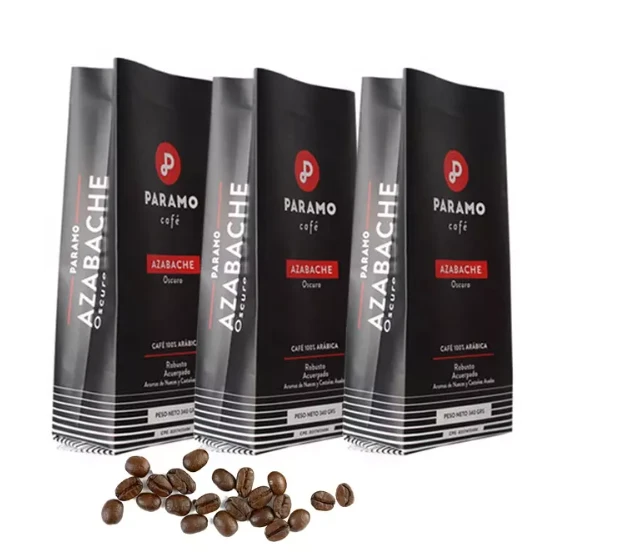- Afrikaans
- Albanian
- Amharic
- Arabic
- Armenian
- Azerbaijani
- Basque
- Belarusian
- Bengali
- Bosnian
- Bulgarian
- Catalan
- Cebuano
- chinese_simplified
- chinese_traditional
- Corsican
- Croatian
- Czech
- Danish
- Dutch
- English
- Esperanto
- Estonian
- Finnish
- French
- Frisian
- Galician
- Georgian
- German
- Greek
- Gujarati
- haitian_creole
- hausa
- hawaiian
- Hebrew
- Hindi
- Miao
- Hungarian
- Icelandic
- igbo
- Indonesian
- irish
- Italian
- Japanese
- Javanese
- Kannada
- kazakh
- Khmer
- Rwandese
- Korean
- Kurdish
- Kyrgyz
- Lao
- Latin
- Latvian
- Lithuanian
- Luxembourgish
- Macedonian
- Malgashi
- Malay
- Malayalam
- Maltese
- Maori
- Marathi
- Mongolian
- Myanmar
- Nepali
- Norwegian
- Norwegian
- Occitan
- Pashto
- Persian
- Polish
- Portuguese
- Punjabi
- Romanian
- Russian
- Samoan
- scottish-gaelic
- Serbian
- Sesotho
- Shona
- Sindhi
- Sinhala
- Slovak
- Slovenian
- Somali
- Spanish
- Sundanese
- Swahili
- Swedish
- Tagalog
- Tajik
- Tamil
- Tatar
- Telugu
- Thai
- Turkish
- Turkmen
- Ukrainian
- Urdu
- Uighur
- Uzbek
- Vietnamese
- Welsh
- Bantu
- Yiddish
- Yoruba
- Zulu
Creative Ideas for Sustainable Milk Packaging Solutions
The Evolution and Importance of Milk Packaging
Milk, often referred to as nature's most complete food, has been a staple in human diets for centuries. From its origins as a fresh and perishable commodity to its modern-day packaged forms, milk packaging has undergone significant transformations. This evolution not only reflects advancements in technology but also the changing demands of consumers and environmental considerations.
Historical Perspective
In the early days, milk was mostly consumed fresh from the animal or sold in bulk from local dairies. This posed significant challenges in terms of preservation and safety. The advent of glass bottles in the late 19th century marked one of the first major developments in milk packaging. Bottles helped to maintain the milk's freshness and protect it from contamination. However, glass was heavy and breakable, making transportation cumbersome.
As the demand for milk grew with the rise of urban populations and industrialization, the need for more efficient packaging solutions became apparent. In the mid-20th century, the introduction of cardboard cartons revolutionized milk packaging. These cartons were not only lighter and easier to transport but also provided a more affordable alternative to glass bottles. The ability to print directly onto the carton’s surface opened up new avenues for branding and marketing, allowing dairy companies to differentiate their products visually.
Modern Innovations
Today, milk packaging has witnessed remarkable innovations aimed at improving shelf life, convenience, and sustainability. One significant advancement is the introduction of aseptic packaging. This technology allows milk to be stored at room temperature for extended periods without the need for refrigeration. Aseptic packaging increases accessibility, particularly in regions lacking reliable refrigeration infrastructure, thus ensuring that more people can enjoy the nutritional benefits of milk.
In addition to functional advancements, there has been a growing emphasis on sustainability in recent years. Traditional milk jugs and containers, often made from plastic, have come under scrutiny for their environmental impact. As a response, many companies are exploring biodegradable materials, reusable packaging systems, and even returnable glass bottles. Some brands have implemented innovations like milk ‘refill stations’ where customers can bring their own containers to fill, reducing plastic waste and promoting eco-friendly choices.
The Role of Design in Milk Packaging
milk package

Beyond functionality, the design of milk packaging plays a crucial role in consumer choice. The visual appeal of a milk carton or bottle can entice potential buyers, and clever branding can create an emotional connection with the customer. For instance, many dairy companies adopt colorful designs that evoke freshness and health. Additionally, information on nutritional content, sourcing, and sustainability practices helps consumers make informed decisions aligned with their values.
Moreover, the trend towards plant-based milk alternatives has led to increased competition in the dairy industry. Packaging for almond milk, oat milk, and other dairy substitutes often features similar designs but emphasizes different attributes, such as being vegan or high in fiber. This shift illustrates how packaging not only reflects a product's contents but also the broader trends in consumer preferences.
Future Trends and Challenges
Looking ahead, the future of milk packaging will likely be shaped by continued technological innovations and an even greater focus on sustainability. As consumers become increasingly aware of the environmental impact of their purchases, the demand for eco-friendly packaging solutions will only intensify. Companies must balance the dual goals of maintaining product integrity while reducing waste.
One challenge lies in the recycling of materials. While cardboard and glass have recycling infrastructures in place, the recycling rate of plastic remains lower. Developing a comprehensive recycling system that can handle all types of milk packaging is crucial.
Furthermore, as online shopping continues to grow, packaging must also address the needs of e-commerce. Ensuring that milk products remain safe and fresh during transportation involves addressing challenges related to temperature regulation and minimizing damage.
Conclusion
Milk packaging has evolved dramatically from simple glass bottles to sophisticated designs that prioritize preservation, convenience, and sustainability. As the dairy industry adapts to changing consumer habits and environmental concerns, the future promises exciting developments. Ensuring the safety and quality of milk while embracing innovative packaging solutions will be key to meeting the demands of the modern consumer. Ultimately, effective milk packaging will continue to play a vital role in promoting this essential dietary staple and supporting sustainable practices within the industry.













